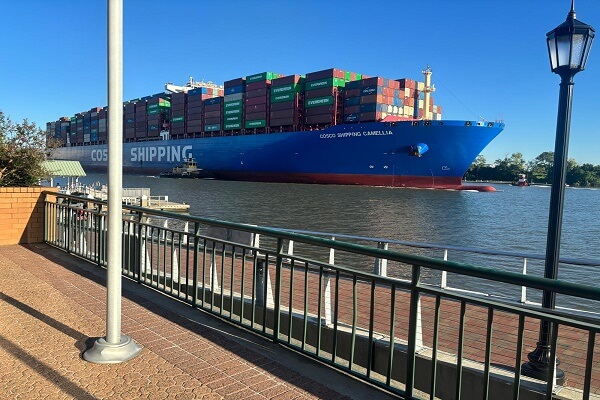
Tariffs are a fundamental aspect of international trade, influencing pricing, supply chains, and market access. Understanding how tariffs work—and where to find each country’s tariff schedules—is crucial for businesses engaged in import-export operations. This comprehensive guide provides an in-depth examination of tariff systems worldwide, offering practical resources for businesses navigating complex customs regulations.
This article covers:
✔ What tariffs are and how they originated
✔ Why countries impose tariffs on imports and exports
✔ How tariffs impact global trade
✔ Agencies enforcing tariffs in key countries
✔ Official websites to check tariff schedules
Tariffs are government-imposed taxes on cross-border goods transactions that:
- Are typically collected at ports of entry
- Vary by product classification (HS codes)
- Can be unilateral or negotiated through trade agreements
| Type | Application | Strategic Use |
| Seasonal Tariffs | Applied during specific periods | Protects domestic harvest seasons |
| Progressive Tariffs | Increase with import volume | Prevents market flooding |
| Preferential Tariffs | Special rates for FTA partners | Encourages regional trade blocs |
Tariff is calculated just as an example below. For an imported product valued at $10,000:
- Ad valorem (5%) = $500
- Specific ($2/unit, 1,000 units) = $2,000
- Total Duty = $2,500
Countries use tariffs as an Economic Protection Mechanism. Temporary protection for emerging sectors, Targeting industries with long-term potential and Anti-Dumping Duties-Countering below-cost imports (e.g., EU on Chinese steel). For instance, U.S. Section 232 Tariffs (2018) placed a 25% on steel imports for national security, EU Carbon Border Tax (2023)-first climate-related tariff mechanism and India’s Phased Manufacturing Program Tariffs that is poise to encouraging local smartphone production.
Tariffs always trigger supply chain effects. The most are the Nearshoring Trend, where Companies relocate due to tariff costs (e.g., from China to Vietnam), Trade diversification- where companies shift import sources to avoid high tariff countries and lastly, inventory strategies, where safety stocks are increased to mitigate tariff uncertainties.
A sample of some global Tariff enforcement agencies which includes USA, EU, Brazil, Nigeria and Indonesia are shown below:
United States
- Primary Agency: U.S. Customs and Border Protection (CBP)
- Key Resources:
- Special Programs: Generalized System of Preferences (GSP) database
European Union
- Customs Union: Single tariff system for 27 member states
- Digital Tools:
Emerging Markets
- Brazil: SISCOMEX system
- Nigeria: Nigeria Customs Service with ECOWAS CET
- Indonesia: INATRADE platform
Some advanced tariff research tools and platforms includes: WTO Tariff Profiles-A Country-by-country comparisons, ITC Market Access Map – A Visualization of tariff barriers and the WCO Customs Encyclopedia-A Global procedures database. Modern businesses must adopt proactive approaches: through regular Monitoring by subscribing to customs agency updates, maximize preferential tariff utilization, implement automated classification systems, conduct quarterly tariff impact assessments and develop alternative sourcing strategies.
In an era of trade policy volatility, sophisticated tariff management has become a competitive advantage rather than just a compliance requirement. Businesses that master these complexities can unlock significant cost savings and market opportunities